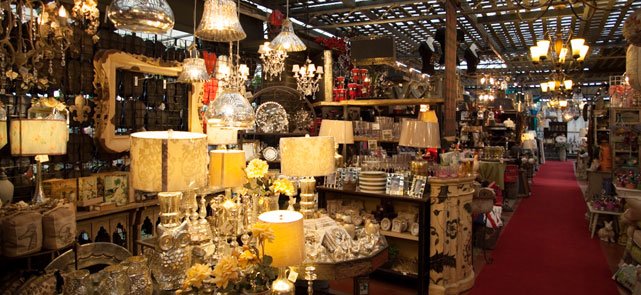Art Knapp Articles
Incorporating Edible Plants Into Your Surrey Garden Landscape
in InformationalLots of us enjoy having some edible plants. One advantage of including edible plants is the practicality of growing something with multiple uses. And since COVID-19, which showed us what happens when there are worldwide shipping problems, some people see a real advantage to providing for ourselves.
Often edible plants look every bit as good as non-edible ones. And many plants that you are already growing are edible, and you probably did not know it. In today’s blog article, let’s take a look at some edible plants that you can grow here in Surrey which is roughly a USDA garden zone 8.
Annuals
Many common annuals are edible. Pansies (all colours), for example, and nasturtium (yellow, orange, or red) are edible, with nasturtiums having a slightly peppery taste. These pretty flowers are edible and will make beautiful garnishes for your salads or other dishes. You can also freeze these flowers inside ice cubes for a great conversation starter at a party.
Calendula (yellow) and borage (blue) flower petals are also edible. Calendula can also be a welcome addition to hand creams, and borage is a fabulous attractant for pollinators. Both calendula and borage will easily reseed themselves.
Perennials
Jerusalem artichoke is a hardy perennial that makes a tall bushy plant with yellow flowers. We eat the swollen roots, which you dig up as needed. The flowers will bloom late into the season when everything else has faded away.
Chives are a great edible perennial. You can eat the leaves and the flowers, and once established it is very drought resistant. Asparagus is one of the true perennial vegetables, returning year after year. If you want to eat the asparagus, then you harvest it when it first peeks out of the ground. However, if you leave it alone, it will grow into a big bushy mass of tiny leaves, flowers, and berries.
There are also plenty of plants like Japanese maples which we do not think of as edible, but they really are, although you would only want to eat young leaves, as older ones will not be very appetizing.
Even the dandelion is edible, and you can eat all parts of it. You will probably have plenty of them without even trying!
Don’t forget that if you are planning to eat your plants or flowers, then do not use any pesticides on them. Keep your garden as organic as possible in order to be safe eating your plants.
Art Knapp has 15 locations across British Columbia and is well known as the go-to garden centre for everything garden-related. Art Knapp, himself, began the business in the 1940's, and now, 80 years later, you can find more than he ever dreamed of in our stores. Come and see us on King George Boulevard in Surrey.
If you have any questions about this article or want to talk to us about gardening, just give us a call at (604) 596-9201.









